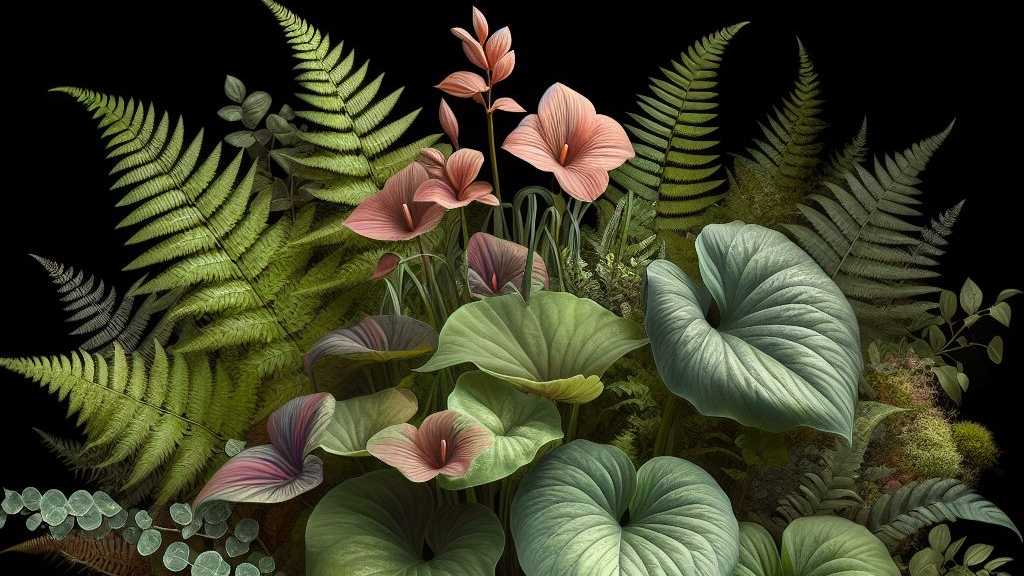In gardens, shady spots hide a lot of beauty – Shade-Loving Plants and Flowers. While sun-loving plants often get attention, these tough plants thrive in the shadows, adding color and life where there’s not much sunlight. Knowing how much shade a plant likes is important; some like a lot, while others prefer a bit less. Check your USDA Hardiness Zone to make sure the plants can handle winter.
If you take good care of them by watering regularly, these Shade-Loving Plants and Flowers will bring brightness to shady areas with their pretty flowers and green leaves, making your garden more colorful and lively. Come with us as we explore the world of shade-loving plants and flowers, turning dark corners into vibrant hubs of nature.
Contents
- 0.1 What is Shade?
- 0.2 Different Types of Shade-Loving Plants And Flowers
- 1 Tips for Growing Shade-Loving Plants
- 2 Embrace the Beauty of Shade
What is Shade?
Shade, often considered a limitation by some, is a haven for many plants. Defined as an area receiving less than six hours of direct sunlight per day, shade can vary from dappled sunlight to deep, dense shadows. Understanding the type of shade in your garden – whether it’s partial, full, or filtered – is essential for selecting the right plants that will flourish in such conditions.
Different Types of Shade-Loving Plants And Flowers
Shade-loving plants and flowers encompass a diverse array of species, each with its unique characteristics and appeal. From delicate ferns to vibrant blooms, there’s a shade-loving plant for every corner of your garden. Here are some popular choices:
Hostas
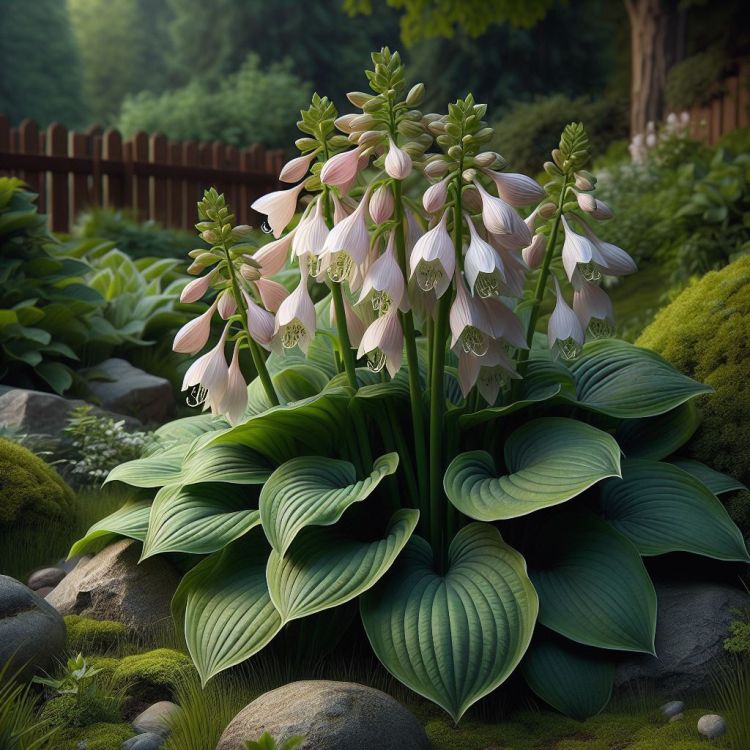
In shady gardens, hostas are like the superstars – loved for their big, colorful leaves and easy care. These tough plants can handle moist, shady spots and don’t need a lot of attention.
Size and Colors: Small to Tall, and a Rainbow of Leaves!
Hostas come in all sizes, from tiny to really big. They’re perfect for making your garden look interesting with their different leaf shapes and colors. But watch out – deer and rabbits might find them tasty! If these animals often visit your garden, you might want to choose plants they don’t like.
Hostas are some of the best shade-loving plants for shady gardens. They have leaves in all sorts of shapes, sizes, and colors, so you can mix and match them and make your garden look cool. Plus, many hostas also have pretty white or purple flowers from summer to fall.
Hostas like to be in places that aren’t too sunny – from a bit of shade to lots of shade is perfect. They also like the soil to be a bit wet but not too soggy. If you want your hostas to be around three feet tall, make sure they’re in a spot where they’re happy. They grow well in zones 4 to 9, so check your area to see if hostas will do well in your garden.
Bleeding Hearts (Dicentra)
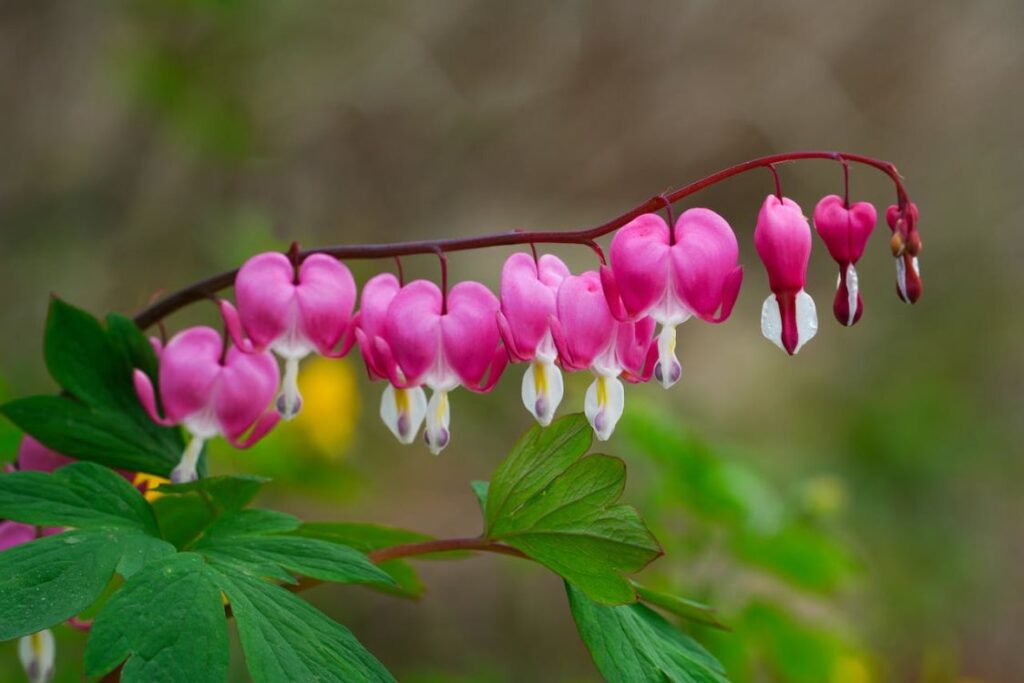
Bleeding Hearts dazzle with heart-shaped flowers in shades of pink, purple, and white, infusing shaded gardens with charm and elegance. These shade-loving plants thrive in partial to full shade and well-drained soil, enjoying sheltered spots with gentle sunlight and a hint of breeze.
Beyond their spring blooms, many varieties boast lush foliage, maintaining garden allure throughout the seasons.
Care Tips
Incorporate organic matter at planting, water regularly, and groom by removing spent blooms and foliage for continuous beauty.
Astilbes
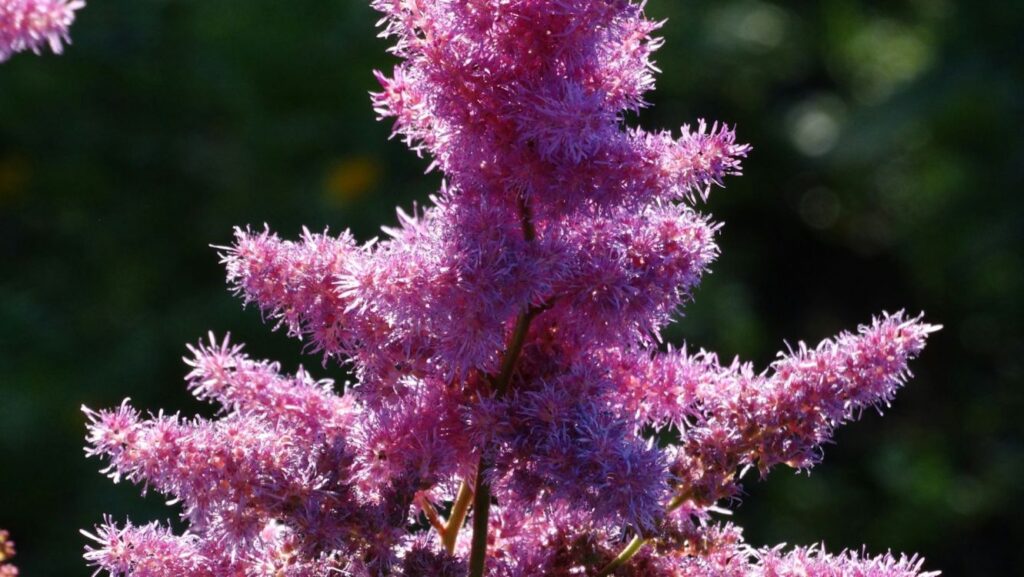
Astilbes are enchanted with their delicate, feathery plumes of flowers, available in shades of pink, red, and white, enhancing the beauty of shaded borders.
Preferred Environment
Thriving in filtered shade and rich, organic soil, these moisture-loving perennials flourish in environments that offer both shade and ample moisture.
Astilbes are prized for their ability to bring elegance to shaded borders, showcasing their graceful blooms amidst lush, verdant foliage. With their preference for filtered shade and rich soil, these shade-loving plants are an ideal choice for adding beauty and charm to shaded outdoor spaces.
Ferns
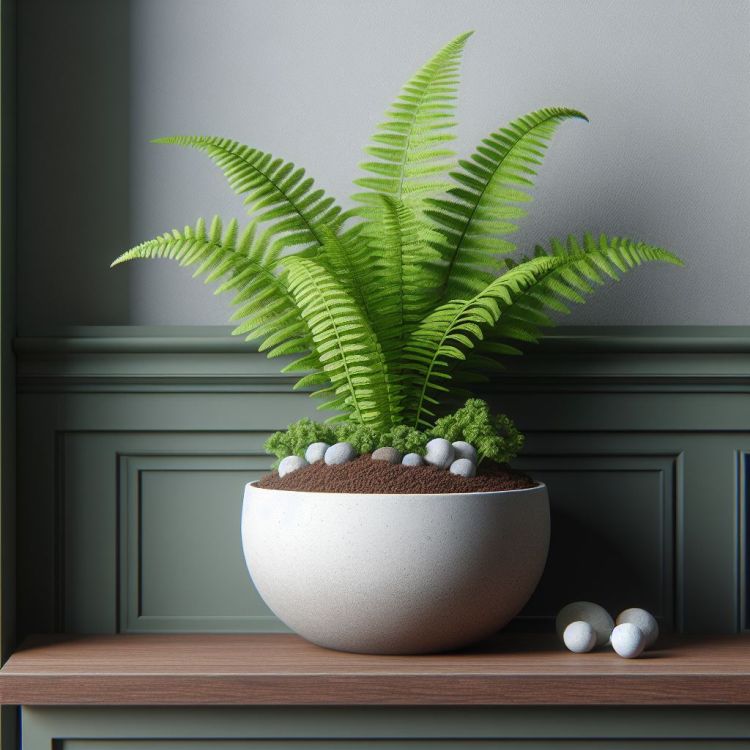
Fern shade-loving plants captivate with their intricate, delicate fronds and elegant growth patterns, making them perfect for shady gardens.
Variety for Every Shade
From the classic Boston fern to the striking Japanese-painted fern, there’s a fern variety suited for every shaded nook in your garden, adding lushness and texture to the landscape.
Hellebores
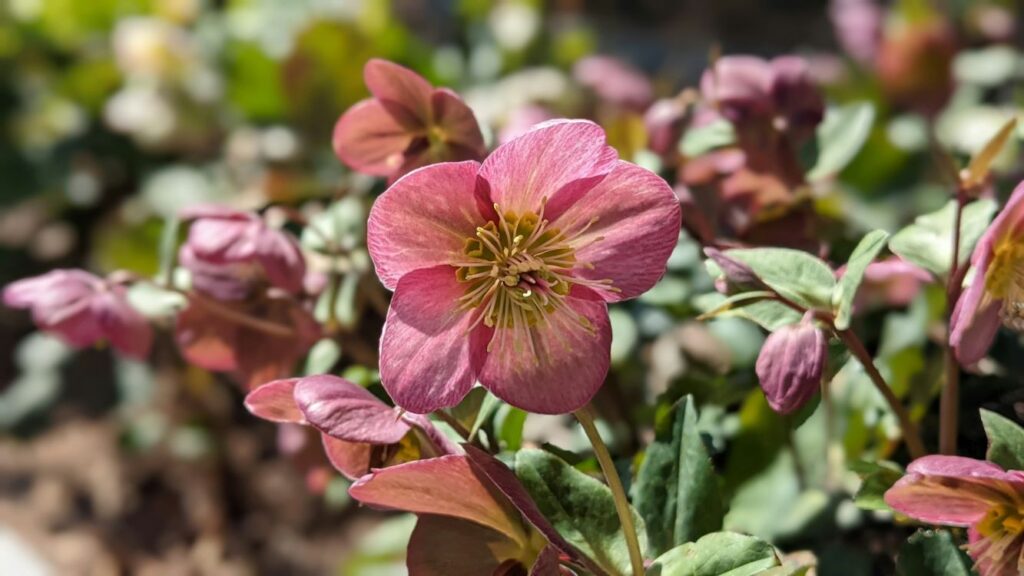
Hellebores, also known as Lenten roses, steal the show with their charming early spring blooms, bringing a burst of color to shaded areas when most plants are still dormant.
Evergreen Charm
These deer-resistant perennials, shade-loving plants, boast evergreen foliage, ensuring year-round appeal in the garden, and thrive in partial to full shade with well-drained soil.
Fuchsia
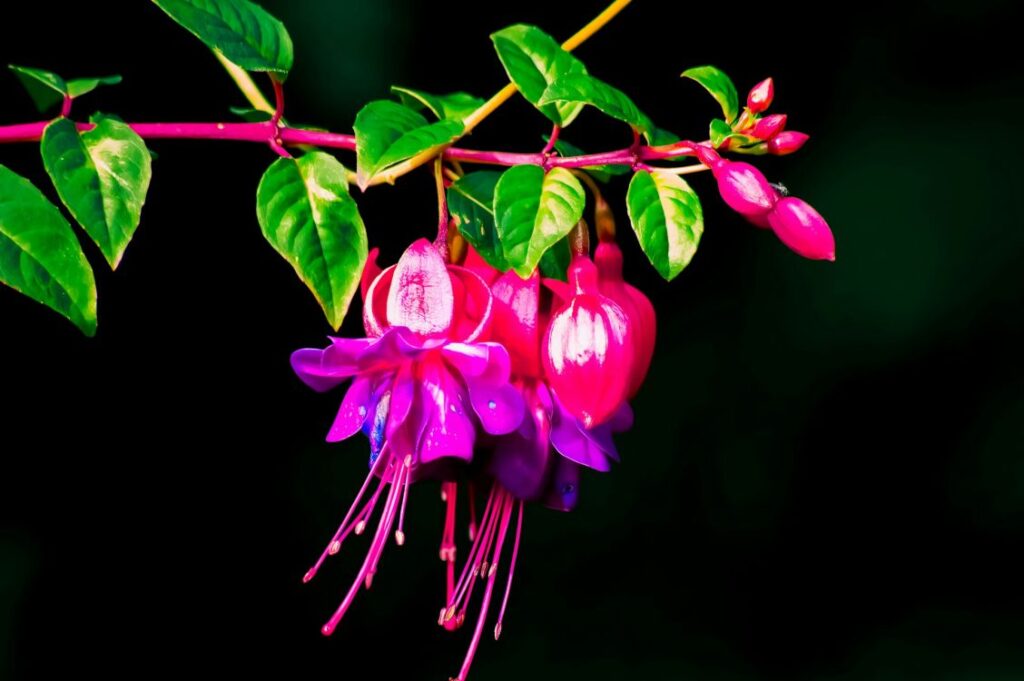
Fuchsia boasts pendulous flowers in vibrant shades of pink, purple, and red, adding a burst of color to shaded areas as it is from shade shade-loving plants. With trailing and upright varieties available, fuchsia offers flexibility in garden design, perfect for hanging baskets, borders, or containers.
Ideal Conditions
Thriving in partial to full shade with well-drained soil, fuchsias prefer filtered sunlight and protection from intense midday sun.
Care Tips
Regular watering, occasional feeding with a balanced fertilizer, and deadheading spent blooms ensure healthy growth and continuous flowering.
Blue Oat Grass
Blue Oat Grass boasts striking blue-gray foliage from shade-loving plants, adding elegance to shaded areas with its slender, upright leaves. This grass thrives in shaded environments and requires minimal upkeep once established, making it an excellent choice for low-light areas.
Versatile Use
With its compact size, Blue Oat Grass is suitable for various landscape applications, including specimen planting, mass plantings, or container gardens.
Care Tips
Regular watering during dry spells and annual pruning to remove dead foliage help maintain Blue Oat Grass’s appearance and vigor.
Primrose
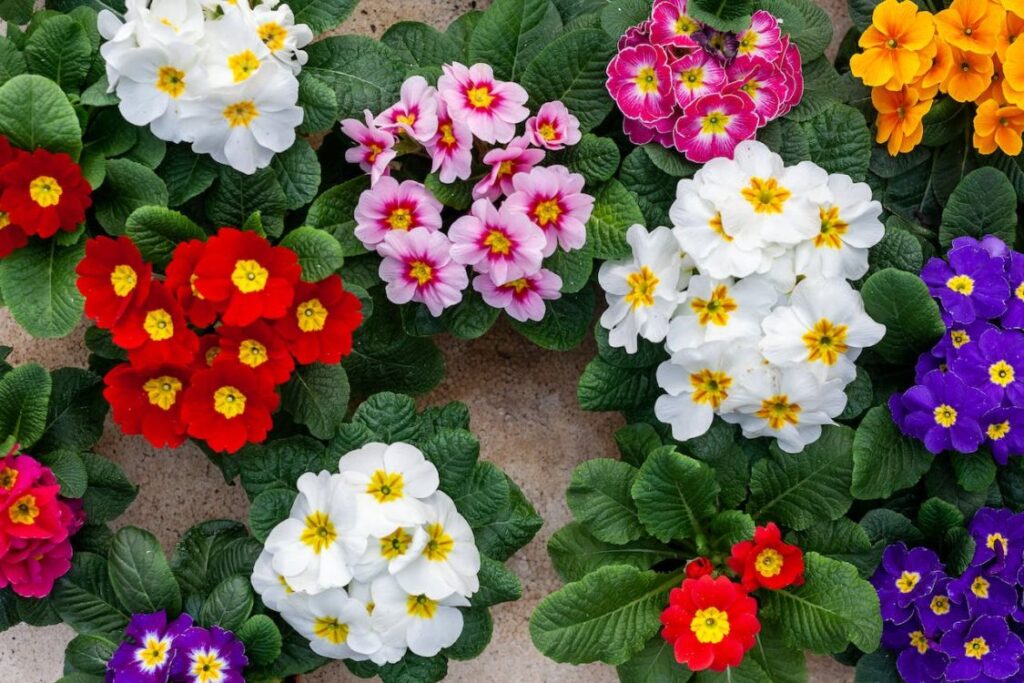
Primroses dazzle with their vibrant shade-loving plants, and jewel-toned flowers, ranging from shades of pink, purple, yellow, and white, adding a pop of color to shaded garden beds.
Early Spring Beauty
These charming perennials are among the first to bloom in spring, brightening up shaded areas when most plants are still dormant, making them a welcome sight after the winter months.
Primroses thrive in shaded environments, preferring partial to full shade, making them an excellent choice for brightening up dim corners of the garden where sunlight is limited.
Easy Care
Primrose is relatively low-maintenance, requiring regular watering to keep the soil consistently moist but not waterlogged. Deadheading spent blooms encourage continuous flowering, prolonging their colorful display.
Toad Lily
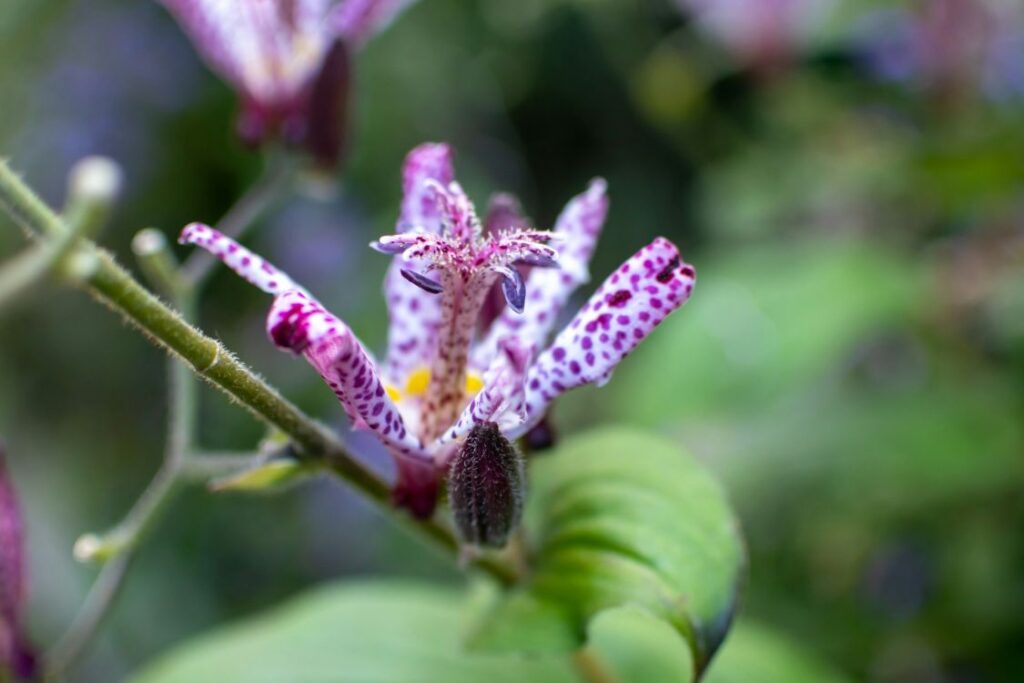
Toad Lilies feature orchid-like flowers with speckled petals in shades of purple, pink, white, and yellow, adding exotic beauty to shaded areas as these are from shade-loving plants.
Late Season Show
Blooming in late summer to early fall, Toad Lilies extend the flowering season in shaded gardens, bringing color and interest when other plants have finished blooming.
Shade Preference
Thriving in partial to full shade, Toad Lilies prefer moist, well-drained soil, making them ideal for shaded garden spots with limited sunlight.
Low Maintenance
These perennials are easy to care for, requiring regular watering to keep the soil moist because these are shade-loving plants. Mulching helps retain moisture and reduces maintenance tasks.
Wax Begonia
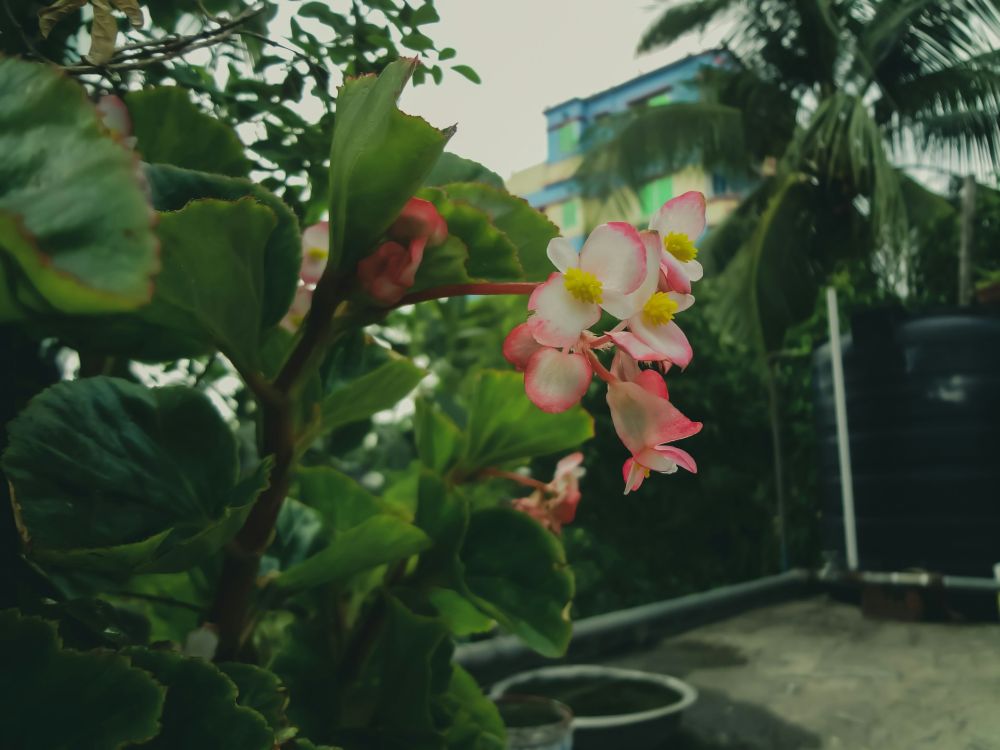
Wax Begonias are renowned for their abundant clusters of colorful blooms, available in shades of red, pink, white, and bi-colors, bringing vibrant splashes of color to shaded garden beds.
Long Blooming Season
These resilient annuals bloom continuously from spring to fall, providing a steady stream of colorful flowers in shaded areas, even during the hottest months of summer.
Shade Tolerance
Wax Begonias thrive in partial to full shade as these are shade-loving plants, making them an excellent choice for shaded garden spots where direct sunlight is limited. They prefer well-drainage soil and appreciate consistent moisture.
Low Maintenance
Easy to care for, Wax Begonias require minimal maintenance. Regular watering to keep the soil moist and occasional deadheading to promote continuous blooming is all that’s needed to keep these plants looking their best.
Ligularia
Ligularia is prized for its bold, dramatic foliage, featuring large, heart-shaped leaves in shades of green, bronze, or purple, adding visual interest and texture to shaded garden spaces.
Showy Flowers
In addition to its impressive foliage, Ligularia produces tall spikes of showy, daisy-like flowers in shades of yellow, orange, or red, adding a splash of color to shaded areas in mid to late summer.
Shade Preference
Because shade-loving plants thrive in partial to full shade, Ligularia prefers moist, well-drainage soil enriched with organic matter, making it an excellent choice for shaded garden spots with limited sunlight.
Ligularia is a moisture-loving plant, requiring regular watering for moist soil. Mulching the base of the plant helps to retain the moisture and suppresses weeds.
Brunnera
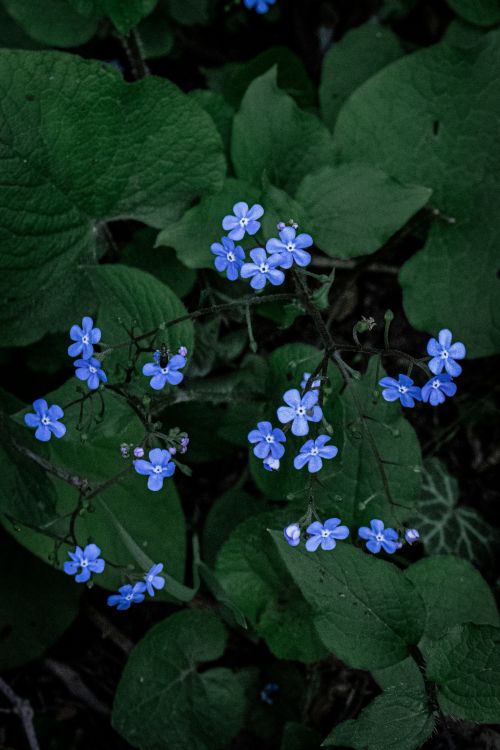
Brunnera, also known as Siberian Bugloss shade-loving plants, features elegant, heart-shaped leaves with silver markings, adding a touch of sophistication to shaded garden beds.
Delicate Flowers
In spring, Brunnera produces clusters of delicate, forget-me-not-like flowers in shades of blue, pink, or white, creating a charming display amidst its foliage.
Shade Preference
Thriving in partial to full shade, Brunnera prefers moist, well-drained soil, making it an excellent choice for shaded garden spots with limited sunlight.
Brunnera is a low-maintenance plant, requiring minimal care once established. Regular watering keeps the soil evenly moist and occasional fertilizing promotes healthy growth and flowering.
Spiderwort
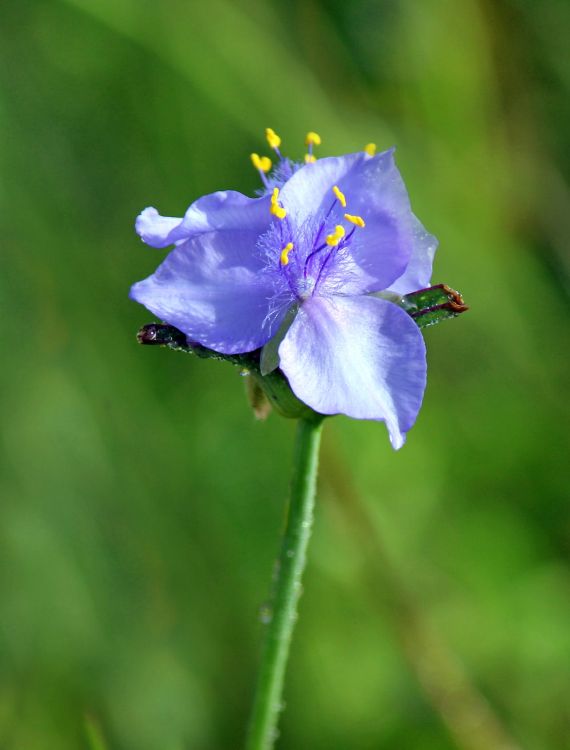
Spiderwort dazzles with its vibrant, three-petaled flowers in shades of blue, purple, pink, or white, adding a burst of color to shaded garden areas.
Long Blooming Season
These resilient perennials, shade-loving plants, bloom profusely from late spring to early summer, providing a continuous display of colorful flowers in shaded areas. Spiderwort thrives in partial to full shade, making it an excellent choice for shaded garden spots where direct sunlight is limited. They prefer moist, well-drainage soil but can tolerate a variety of soil conditions.
Easy Care
Spiderwort is easy to care for, requiring minimal maintenance. Regular watering to keep the soil evenly moist and deadheading spent flowers to encourage continuous blooming is all that’s needed to keep these plants looking their best.
Heuchera
Heuchera, also known as Coral Bells, boasts a wide array of foliage colors, including shades of green, purple, silver, and variegated combinations, adding year-round interest to shaded garden beds.
Graceful Flowers
In addition to their striking foliage, Heuchera produces delicate, bell-shaped flowers on tall stalks in spring or summer, adding a touch of elegance to shaded areas.
Shade Preference
Thriving in partial to full shade, Heuchera prefers moist, well-drained soil, making it an excellent choice for shaded garden spots with limited sunlight.
Low Maintenance
Heuchera is a low-maintenance plant, requiring minimal care once established. Regular watering keeps the soil consistently moist and occasional fertilizing promotes healthy growth and flowering.
Tips for Growing Shade-Loving Plants
While shade-loving plants are adaptable and resilient, there are some key considerations to keep in mind to ensure their success:
Soil Preparation
Amend the soil with organic matter such as compost to improve its structure and fertility, as well as its ability to retain moisture – essential for shade-loving plants.
Watering
While shade-loving plants may not require as much water as their sun-loving counterparts, it’s essential to ensure they receive adequate moisture, especially during dry spells.
Mulching
Apply a thin layer of mulch, such as shredded bark or compost, around the base of shade-loving plants to conserve soil moisture, suppress weeds, and regulate soil temperature.
Pruning and Maintenance
Regularly remove dead or damaged foliage and spent flowers to promote healthy growth and maintain the aesthetic appeal of shade gardens.
Embrace the Beauty of Shade
In a world where sunlight reigns supreme, shade-loving plants and flowers offer a refreshing alternative, a celebration of resilience and adaptability. By embracing the beauty of shade, we unlock a treasure trove of botanical wonders, inviting us to explore, discover, and delight in the hidden corners of our gardens.

